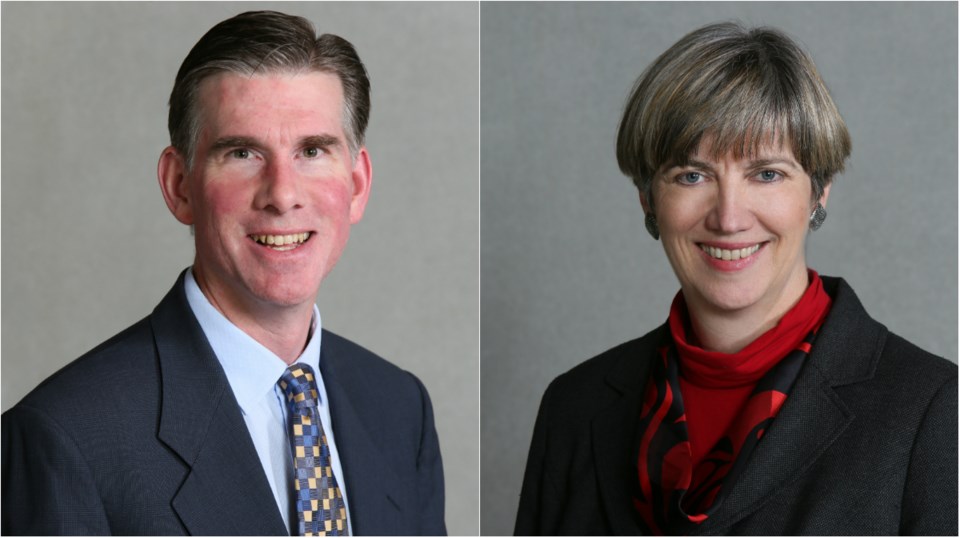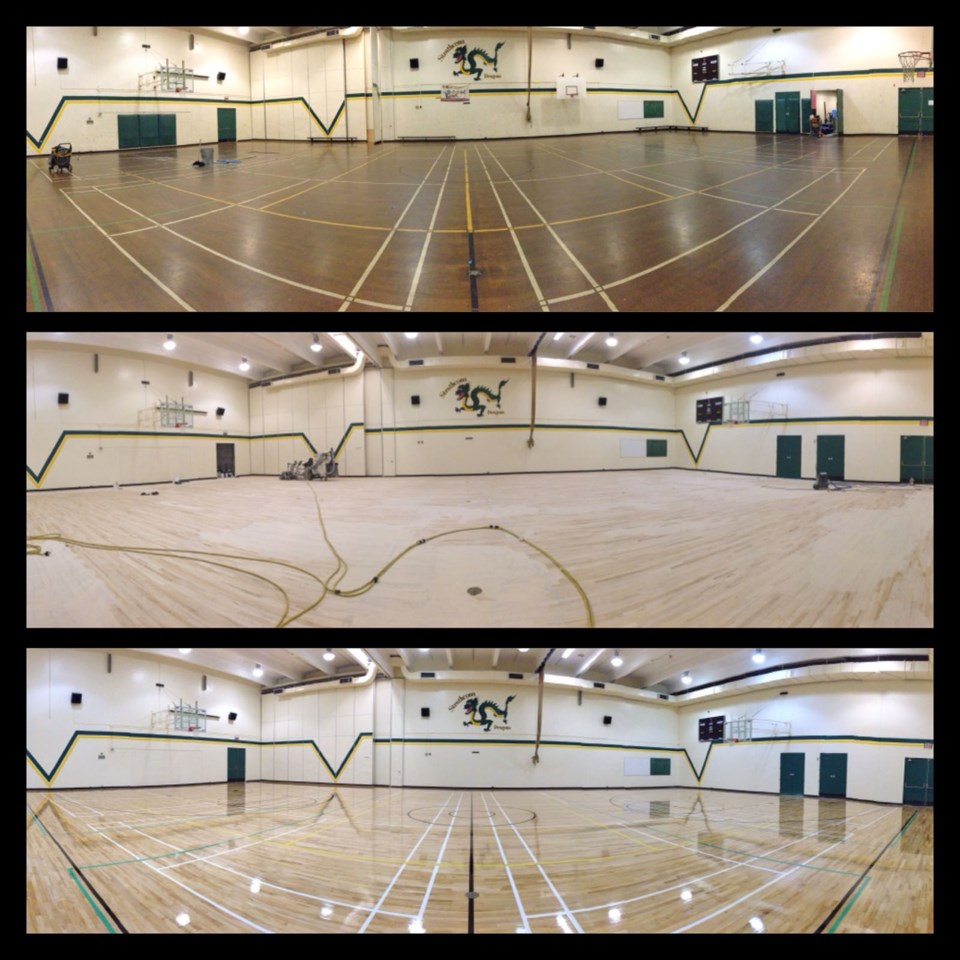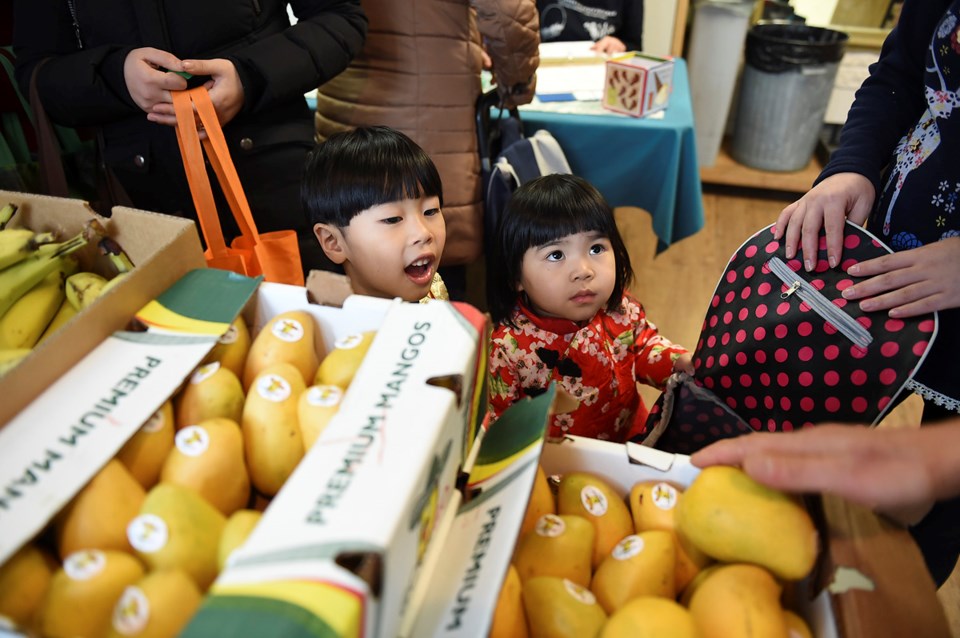How different is Strathcona from 20 other community centres in Vancouver? The park board wants to know.
After dozens of representatives – volunteers, patrons, childcare workers, coaches and more – described the vital role the centre holds in one of Canada’s poorest neighbourhoods and all but begged the park board for more money, Strathcona Community Centre could get more than just extra funding. It could get its own deal with the park board.
That’s but one option. For the time being, two park board commissioners say it’s time to explore what unique contract or funding model might suit Strathcona and other community centres “serving residents in predominately poor neighbourhoods”.
“We want to find a model that could be beneficial going forward,” said NPA commissioner Casey Crawford, who on March 6 gave notice of a motion to go before the board March 27.
After more than a year of discussion and both private and public consultations, the park board is in the final stage of drafting an operating agreement that it will present to the majority of the city’s community centre associations. Those associations can decide to sign the agreement or not, but without one they risk being evicted from their centres.

The associations and respective volunteer boards of directors are still meeting with park board staff and lawyers to iron out the final minutia of the 15-year contract.
As the park board liaison for Strathcona Community Centre, Crawford said he “has been visiting and listening to the plights and concerns and struggles they have with funding.”
The directors and staff at Strathcona raise $1 million each year to run programming, childcare and food security programs for many patrons that are too poor to pay fees. Moreover, the centre does not have a fee-for-use amenity such as a swimming pool or skating rink to boost revenue.
The average household income roughly $13,000, according to city data.
These and other issues were laid bare at special public meetings earlier this year when speakers from almost every community centre addressed the park board.

“There were some very brave people who spoke to the commissioners, and the lives they have down there and the issues they’ve had and the hopes and dreams of what could be. That was the cool part of what we heard --- there was an optimism and bright futures that could be possible,” said Crawford.
As the same time Crawford put forward his motion, Vision commissioner Catherine Evans tabled one of her own, a similar but separate motion that did not specify Strathcona but broadened the opportunity for a unique operating model to any economically depressed neighbourhood.
The two politicians are working together to see if their motions can be combined.
“There are vulnerable kids everywhere,” said Evans. She is in favour of distinguishing the “have” community centre associations with the “have not” centres in order to redistribute a small percentage of surplus revenue. The associations are not-for-profit but many garner and hold on to revenue for large-scale capital projects and future upgrades. Not every association has indicated it wants to share what it earns.
The redistribution would begin at one per cent of surplus revenue in the first year after signing before increasing to a fixed rate of two per cent. This proposal is in response to centres that rely heavily on fundraising to meet basic programming demands.
“I am hoping that the other community centre associations, that the rest of them will agree to the joint operating agreement when we finally get it passed,” said Evans, noting the present discussions have been marred by distrust because of previous attempts to update the operating agreement.
On Strathcona, Evans said the centre “is not sustainable on an ongoing basis so there has to be some other way to do it. I had no idea, frankly, that the situation was quite as extreme. I had no idea about the situation at all, in fact. It was fairly alarming to me.”
Crawford said he does not have a specific model in mind for Strathcona. The association had asked for $200,000 in additional annual funding from the park board.
Ray-Cam, which is located only a few blocks from the Strathcona Community Centre, is one example of a different operating model. They are governed by a tripartite agreement between the co-operative that runs the centre in partnership with BC Housing and the park board.
Up for discussion Mar 27. Hope to get support from Commissioners around the table. https://t.co/GvvCWh8Brt
— Casey Crawford (@CaseyCrawfordPB) March 7, 2017
“I have no funding model or amount in mind,” said Crawford. “As commissioners, we have to put the motion forward. This is a really important initiative and we want staff to put their minds together and come up with, first of all, the process and the model and the formula before that actual dollar amount.”
He added that the Strathcona Community Centre provides services that should not just be paid through the park board, but should also be funded on a permanent and guaranteed basis through other public coffers, not just municipal and provincial grants that must be sought out by association staff.
“This motion is also a message to the city that this is not a park board-only issue,” said Crawford. “It is a bigger issue in our city --- we struggle for funding for a huge range of programs in the DTES and the Strathcona neighbourhood, but we don’t want this one to be forgotten.”
The park board meeting begins at 7 p.m. March 27.
Twitter: @MHStewart



